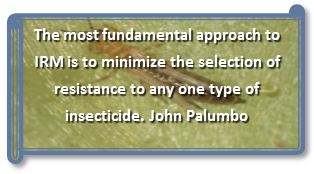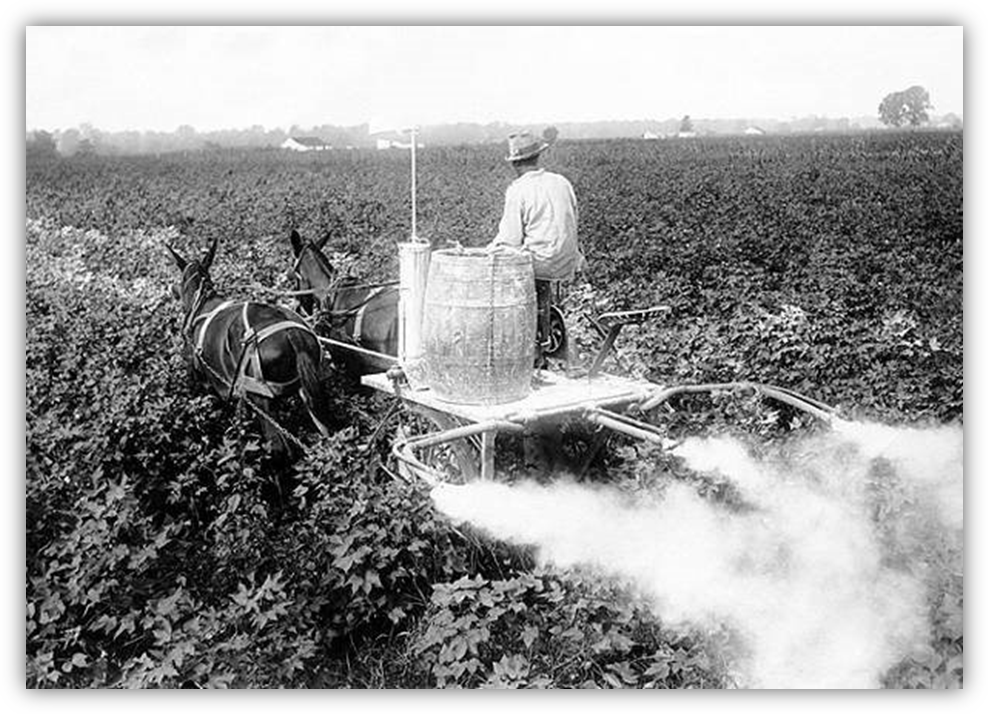
|
|
|
|

|
|||
|
|
|||
|
As the produce season winds down and the melon season begins to pick up, it is an
important time to review the insecticide chemistries that you may have used this
winter/spring on produce crops and those that you may consider using on spring melons.
Sustaining insecticide efficacy that annually provides cost-effective crop protection
requires a conscious effort on the part of PCAs and growers to prevent insecticide
resistance. Over the past 20 years, the Agrochemical Industry has developed and
brought to the market
 
Remember, When in Doubt . . . . . “SCOUT”
Click picture to listen to John’s update
To contact John Palumbo go to: jpalumbo@ag.arizona.edu |
|||
| Back | |||
|
For questions or comments on any of the topics please contact Marco Pena at the Yuma Agricultural Center.
|
|||
|
Home |
Cotton | Veggies |
Forages | Grains
| Citrus |
Crop x Crop Insects | Diseases| Weeds | Pesticides | Economics | News | Weather | Research | Photos | Contacts | General Info. Copyright © 2001 University of Arizona, College of Agriculture and Life Sciences Webmaster: Al Fournier (acis@ag.arizona.edu) |
|||
